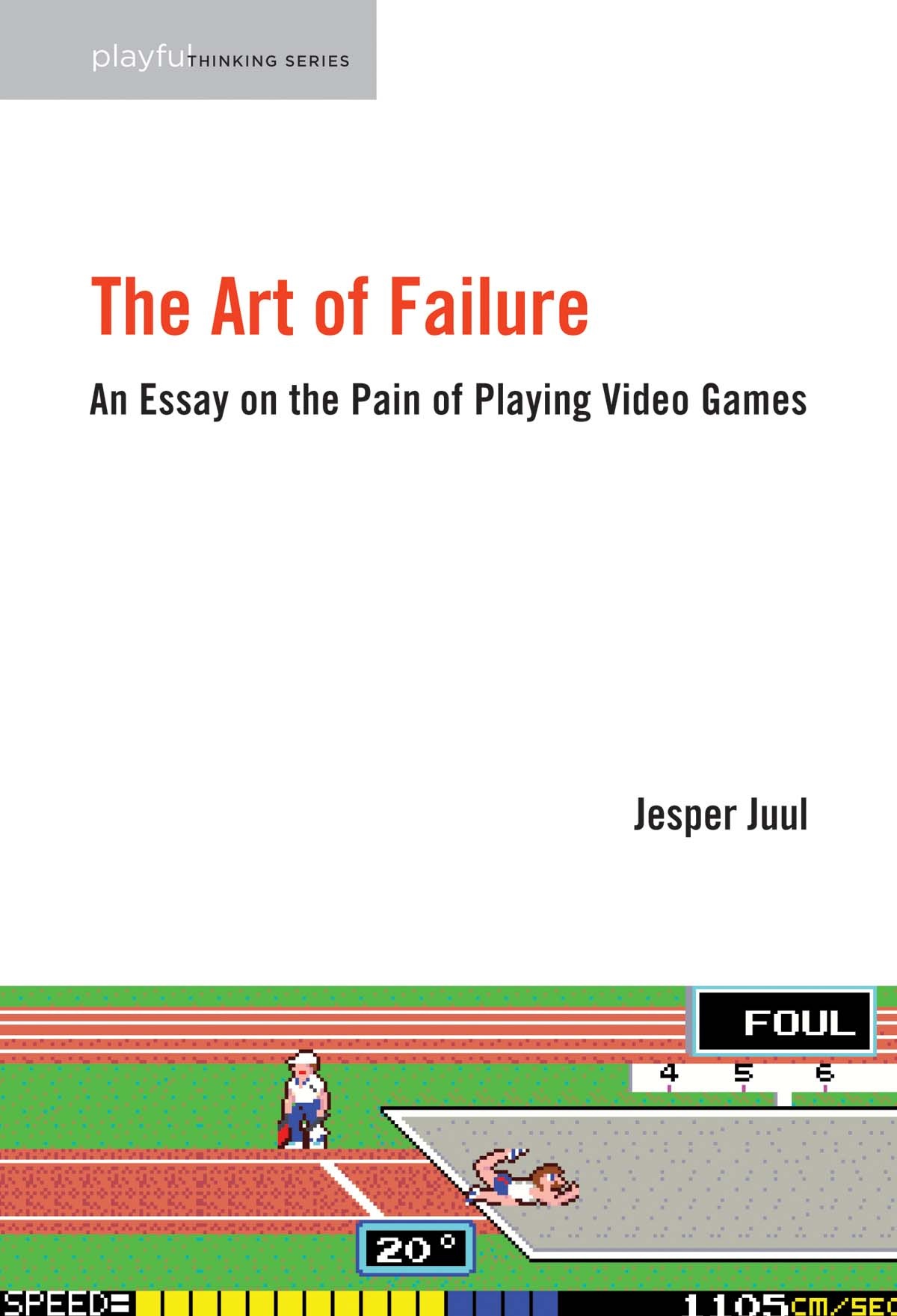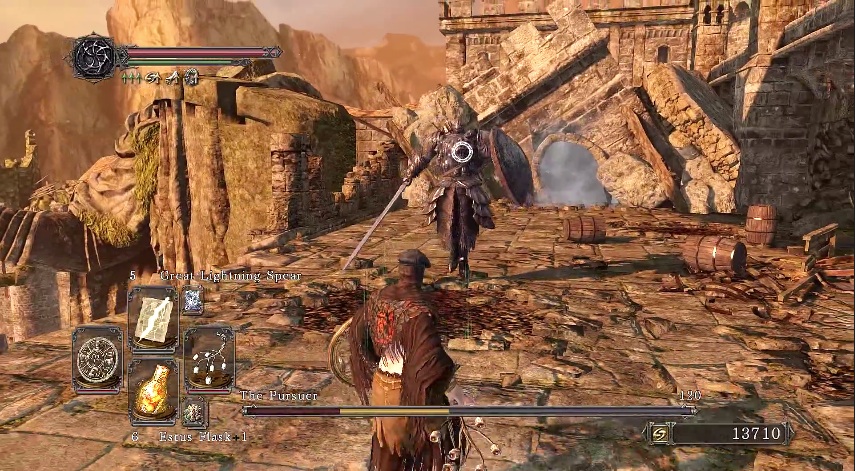 a review of Christian Fuchs, Social Media: A Critical Introduction
a review of Christian Fuchs, Social Media: A Critical Introduction
by Zachary Loeb
~
Legion are the books and articles describing the social media that has come before. Yet the tracts focusing on Friendster, LiveJournal, or MySpace now appear as throwbacks, nostalgically immortalizing the internet that was and is now gone. On the cusp of the next great amoeba-like expansion of the internet (wearable technology and the “internet of things”) it is a challenging task to analyze social media as a concept while recognizing that the platforms being focused upon—regardless of how permanent they seem—may go the way of Friendster by the end of the month. Granted, social media (and the companies whose monikers act as convenient shorthand for it) is an important topic today. Those living in highly digitized societies can hardly avoid the tendrils of social media (even if a person does not use a particular platform it may still be tracking them), but this does not mean that any of us fully understand these platforms, let alone have a critical conception of them. It is into this confused and confusing territory that Christian Fuchs steps with his Social Media: A Critical Introduction.
It is a book ostensibly targeted at students. Though when it comes to social media—as Fuchs makes clear—everybody has quite a bit to learn.
By deploying an analysis couched in Marxist and Critical Theory, Fuchs aims not simply to describe social media as it appears today, but to consider its hidden functions and biases, and along the way to describe what social media could become. The goal of Fuchs’s book is to provide readers—the target audience is students, after all—with the critical tools and proper questions with which to approach social media. While Fuchs devotes much of the book to discussing specific platforms (Google, Facebook, Twitter, WikiLeaks, Wikipedia), these case studies are used to establish a larger theoretical framework which can be applied to social media beyond these examples. Affirming the continued usefulness of Marxist and Frankfurt School critiques, Fuchs defines the aim of his text as being “to engage with the different forms of sociality on the internet in the context of society” (6) and emphasizes that the “critical” questions to be asked are those that “are concerned with questions of power” (7).
Thus a critical analysis of social media demands a careful accounting of the power structures involved not just in specific platforms, but in the larger society as a whole. So though Fuchs regularly returns to the examples of the Arab Spring and the Occupy Movement, he emphasizes that the narratives that dub these “Twitter revolutions” often come from a rather non-critical and generally pro-capitalist perspective that fail to embed adequately uses of digital technology in their larger contexts.
Social media is portrayed as an example, like other media, of “techno-social systems” (37) wherein the online platforms may receive the most attention but where the, oft-ignored, layer of material technologies is equally important. Social media, in Fuchs’s estimation, developed and expanded with the growth of “Web 2.0” and functions as part of the rebranding effort that revitalized (made safe for investments) the internet after the initial dot.com bubble. As Fuchs puts it, “the talk about novelty was aimed at attracting novel capital investments” (33). What makes social media a topic of such interest—and invested with so much hope and dread—is the degree to which social media users are considered as active creators instead of simply consumers of this content (Fuchs follows much recent scholarship and industry marketing in using the term “prosumers” to describe this phenomenon; the term originates from the 1970s business-friendly futurology of Alvin Toffler’s The Third Wave). Social media, in Fuchs’s description, represents a shift in the way that value is generated through labor, and as a result an alteration in the way that large capitalist firms appropriate surplus value from workers. The social media user is not laboring in a factory, but with every tap of the button they are performing work from which value (and profit) is skimmed.
Without disavowing the hope that social media (and by extension the internet) has liberating potential, Fuchs emphasizes that such hopes often function as a way of hiding profit motives and capitalist ideologies. It is not that social media cannot potentially lead to “participatory democracy” but that “participatory culture” does not necessarily have much to do with democracy. Indeed, as Fuchs humorously notes: “participatory culture is a rather harmless concept mainly created by white boys with toys who love their toys” (58). This “love their toys” sentiment is part of the ideology that undergirds much of the optimism around social media—which allows for complex political occurrences (such as the Arab Spring) to be reduced to events that can be credited to software platforms.
What Fuchs demonstrates at multiple junctures is the importance of recognizing that the usage of a given communication tool by a social movement does not mean that this tool brought about the movement: intersecting social, political and economic factors are the causes of social movements. In seeking to provide a “critical introduction” to social media, Fuchs rejects arguments that he sees as not suitably critical (including those of Henry Jenkins and Manuel Castells), arguments that at best have been insufficient and at worst have been advertisements masquerading as scholarship.
Though the time people spend on social media is often portrayed as “fun” or “creative,” Fuchs recasts these tasks as work in order to demonstrate how that time is exploited by the owners of social media platforms. By clicking on links, writing comments, performing web searches, sending tweets, uploading videos, and posting on Facebook, social media users are performing unpaid labor that generates a product (in the form of information about users) that can then be sold to advertisers and data aggregators; this sale generates profits for the platform owner which do not accrue back to the original user. Though social media users are granted “free” access to a service, it is their labor on that platform that makes the platform have any value—Facebook and Twitter would not have a commodity to sell to advertisers if they did not have millions of users working for them for free. As Fuchs describes it, “the outsourcing of work to consumers is a general tendency of contemporary capitalism” (111).

While miners of raw materials and workers in assembly plants are still brutally exploited—and this unseen exploitation forms a critical part of the economic base of computer technology—the exploitation of social media users is given a gloss of “fun” and “creativity.” Fuchs does not suggest that social media use is fully akin to working in a factory, but that users carry the factory with them at all times (a smart phone, for example) and are creating surplus value as long as they are interacting with social media. Instead of being a post-work utopia, Fuchs emphasizes that “the existence of the internet in its current dominant capitalist form is based on various forms of labour” (121) and the enrichment of internet firms is reliant upon the exploitation of those various forms of labor—central amongst these being the social media user.
Fuchs considers five specific platforms in detail so as to illustrate not simply the current state of affairs but also to point towards possible alternatives. Fuchs analyzes Google, Facebook, Twitter, WikiLeaks and Wikipedia as case studies of trends to encourage and trends of which to take wary notice. In his analysis of the three corporate platforms (Google, Facebook and Twitter) Fuchs emphasizes the ways in which these social media companies (and the moguls who run them) have become wealthy and powerful by extracting value from the labor of users and by subjecting users to constant surveillance. The corporate platforms give Fuchs the opportunity to consider various social media issues in sharper relief: labor and monopolization in terms of Google, surveillance and privacy issues with Facebook, the potential for an online public sphere and Twitter. Despite his criticisms, Fuchs does not dismiss the value and utility of what these platforms offer, as is captured in his claim that “Google is at the same time the best and the worst thing that has ever happened on the internet” (147). The corporate platforms’ successes are owed at least partly to their delivering desirable functions to users. The corrective for which Fuchs argues is increased democratic control of these platforms—for the labor to be compensated and for privacy to pertain to individual humans instead of to businesses’ proprietary methods of control. Indeed, one cannot get far with a “participatory culture” unless there is a similarly robust “participatory democracy,” and part of Fuchs’s goal is to show that these are not at all the same.
WikiLeaks and Wikipedia both serve as real examples that demonstrate the potential of an “alternative” internet for Fuchs. Though these Wiki platforms are not ideal they contain within themselves the seeds for their own adaptive development (“WikiLeaks is its own alternative”—232), and serve for Fuchs as proof that the internet can move in a direction akin to a “commons.” As Fuchs puts it, “the primary political task for concerned citizens should therefore be to resist the commodification of everything and to strive for democratizing the economy and the internet” (248), a goal he sees as at least partly realized in Wikipedia.
While the outlines of the internet’s future may seem to have been written already, Fuchs’s book is an argument in favor of the view that the code can still be altered. A different future relies upon confronting the reality of the online world as it currently is and recognizing that the battles waged for control of the internet are proxy battles in the conflict between capitalism and an alternative approach. In the conclusion of the book Fuchs eloquently condenses his view and the argument that follows from it in two simple sentences: “A just society is a classless society. A just internet is a classless internet” (257). It is a sentiment likely to spark an invigorating discussion, be it in a classroom, at a kitchen table, or in a café.
* * *
While Social Media: A Critical Introduction is clearly intended as a text book (each chapter ends with a “recommended readings and exercises” section), it is written in an impassioned and engaging style that will appeal to anyone who would like to see a critical gaze turned towards social media. Fuchs structures his book so that his arguments will remain relevant even if some of the platforms about which he writes vanish. Even the chapters in which Fuchs focuses on a specific platform are filled with larger arguments that transcend that platform. Indeed one of the primary strengths of Social Media is that Fuchs skillfully uses the familiar examples of social media platforms as a way of introducing the reader to complex theories and thinkers (from Marx to Habermas).
Whereas Fuchs accuses some other scholars of subtly hiding their ideological agendas, no such argument can be made regarding Fuchs himself. Social Media is a Marxist critique of the major online platforms—not simply because Fuchs deploys Marx (and other Marxist theorists) to construct his arguments, but because of his assumption that the desirable alternative for the internet is part and parcel of a desirable alternative to capitalism. Such a sentiment can be found at several points throughout the book, but is made particularly evident by lines such as these from the book’s conclusion: “There seem to be only two options today: (a) continuance and intensification of the 200-year-old barbarity of capitalism or (b) socialism” (259)—it is a rather stark choice. It is precisely due to Fuchs’s willingness to stake out, and stick to, such political positions that this text is so effective.
And yet, it is the very allegiance to such positions that also presents something of a problem. While much has been written of late—in the popular press in addition to by scholars—regarding issues of privacy and surveillance, Fuchs’s arguments about the need to consider users as exploited workers will likely strike many readers as new, and thus worthwhile in their novelty if nothing else. Granted, to fully go along with Fuchs’s critique requires readers to already be in agreement or at least relatively sympathetic with Fuchs political and ethical positions. This is particularly true as Fuchs excels at making an argument about media and technology, but devotes significantly fewer pages to ethical argumentation.
The lines (quoted earlier) “A just society is a classless society. A just internet is a classless internet” (257) serve as much as a provocation as a conclusion. For those who ascribe to a similar notion of “a just society” Fuchs book will likely function as an important guide to thinking about the internet; however, to those whose vision of “a just society” is fundamentally different from his, Fuchs’s book may be less than convincing. Social Media does not present a complete argument about how one defines a “just society.” Indeed, the danger may be that Fuchs’s statements in praise of a “classless society” may lead to some dismissing his arguments regarding the way in which the internet has replicated a “class society.” Likewise, it is easy to imagine a retort being offered that the new platforms of “the sharing economy” represent the birth of this “classless society” (though it is easy to imagine Fuchs pointing out, as have other critics from the left, that the “sharing economy” is simply more advertising lingo being used to hide the same old capitalist relations). This represents something of a peculiar challenge when it comes to Social Media, as the political commitment of the book is simultaneously what makes it so effective and that which threatens the book’s potential political efficacy.
Thus Social Media presents something of a conundrum: how effective is a critical introduction if its conclusion offers a heads-and-tails choice between “barbarity of capitalism or…socialism”? Such a choice feels slightly as though Fuchs is begging the question. While it is curious that Fuchs does not draw upon critical theorists’ writings about the culture industry, the main issues with Social Media seem to be reflections of this black-and-white choice. Thus it is something of a missed chance that Fuchs does not draw upon some of the more serious critics of technology (such as Ellul or Mumford)—whose hard edged skepticism would nevertheless likely not accept Fuchs’s Marxist orientation. Such thinkers might provide a very different perspective on the choice between “capitalism” and “socialism”—arguing that “technique” or “the megamachine” can function quite effectively in either. Though Fuchs draws heavily upon thinkers in the Marxist tradition it may be that another set of insights and critiques might have been gained by bringing in other critics of technology (Hans Jonas, Peter Kropotkin, Albert Borgmann)—especially as some of these thinkers had warned that Marxism may overvalue the technological as much as capitalism does. This is not to argue in favor of any of these particular theorists, but to suggest that Fuchs’s claims would have been strengthened by devoting more time to considering the views of those who were critical of technology, capitalism and of Marxism. Social Media does an excellent job of confronting the ideological forces on its right flank; it could have benefited from at least acknowledging the critics to its left.
Two other areas that remain somewhat troubling are in regards to Fuchs’s treatment of Wiki platforms and of the materiality of technology. The optimism with which Fuchs approaches WikiLeaks and Wikipedia is understandable given the dourness with which he approaches the corporate platforms, and yet his hopes for them seem somewhat exaggerated. Fuchs claims “Wikipedians are prototypical contemporary communists” (243), partially to suggest that many people are already engaged in commons based online activities and yet it is an argument that he simultaneously undermines by admitting (importantly) the fact that Wikipedia’s editor base is hardly representative of all of the platform’s users (it’s back to the “white boys with toys who love their toys”), and some have alleged that putatively structureless models of organization like Wikipedia’s actually encourage oligarchical forms of order. Which is itself not to say anything about the role that editing “bots” play on the platform or the degree to which Wikipedia is reliant upon corporate platforms (like Google) for promotion. Similarly, without ignoring its value, the example of WikiLeaks seems odd at a moment when the organization seems primarily engaged in a rearguard self-defense whilst the leaks that have generated the most interest of late has been made to journalists at traditional news sources (Edward Snowden’s leaks to Glenn Greenwald, who was writing for The Guardian when the leaks began).
The further challenge—and this is one that Fuchs is not alone in contending with—is the trouble posed by the materiality of technology. An important aspect of Social Media is that Fuchs considers the often-unseen exploitation and repression upon which the internet relies: miners, laborers who build devices, those who recycle or live among toxic e-waste. Yet these workers seem to disappear from the arguments in the later part of the book, which in turn raises the following question: even if every social media platform were to be transformed into a non-profit commons-based platform that resists surveillance, manipulation, and the exploitation of its users, is such a platform genuinely just if to use it one must rely on devices whose minerals were mined in warzones, assembled in sweatshops, and which will eventually go to an early grave in a toxic dump? What good is a “classless (digital) society” without a “classless world?” Perhaps the question of a “capitalist internet” is itself a distraction from the fact that the “capitalist internet” is what one gets from capitalist technology. Granted, given Fuchs’s larger argument it may be fair to infer that he would portray “capitalist technology” as part of the problem. Yet, if the statement “a just society is a classless society” is to be genuinely meaningful than this must extend not just to those who use a social media platform but to all of those involved from the miner to the manufacturer to the programmer to the user to the recycler. To pose the matter as a question, can there be participatory (digital) democracy that relies on serious exploitation of labor and resources?
Social Media: A Critical Introduction provides exactly what its title promises—a critical introduction. Fuchs has constructed an engaging and interesting text that shows the continuing validity of older theories and skillfully demonstrates the way in which the seeming newness of the internet is itself simply a new face on an old system. While Fuchs has constructed an argument that resolutely holds its position it is from a stance that one does not encounter often enough in debates around social media and which will provide readers with a range of new questions with which to wrestle.
It remains unclear in what ways social media will develop in the future, but Christian Fuchs’s book will be an important tool for interpreting these changes—even if what is in store is more “barbarity.”
_____
Zachary Loeb is a writer, activist, librarian, and terrible accordion player. He earned his MSIS from the University of Texas at Austin, and is currently working towards an MA in the Media, Culture, and Communications department at NYU. His research areas include media refusal and resistance to technology, ethical implications of technology, alternative forms of technology, and libraries as models of resistance. Using the moniker “The Luddbrarian” Loeb writes at the blog librarianshipwreck. He previously reviewed The People’s Platform by Astra Taylor for boundary2.org.
Back to the essay
















